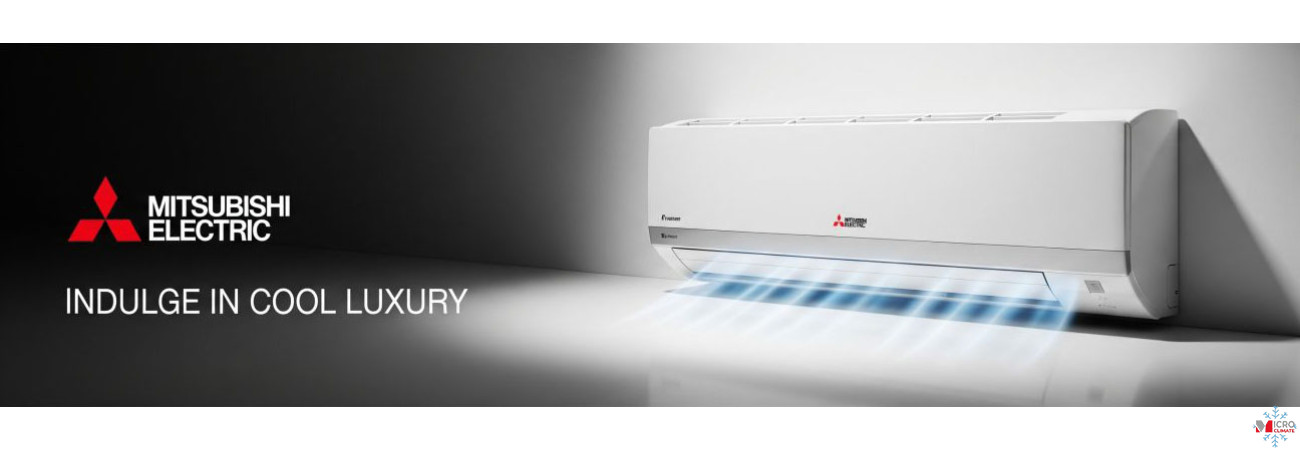
Selecting the right air conditioning system is essential for achieving comfort, efficiency, and longevity. With today’s wide range of technologies — from compact split systems to complex VRF networks — understanding your property’s size, layout, and usage patterns is critical. This guide explains how to choose the right AC system for your home or business in the UK.
Step 1: Determine Room Size and Cooling Load
The first step is to calculate the required cooling or heating capacity (BTU or kW). As a general rule:
-
25–30 m² space → 2.5–3.5 kW
-
40–60 m² space → 5.0–7.0 kW
-
100 m²+ office or shop → 10–14 kW
However, insulation, ceiling height, and sunlight exposure can alter these values significantly.
Professional load calculation using EN 12831 standards ensures optimal sizing and prevents energy waste.
Step 2: Choose the Right Type of System
-
Split Systems: Best for single rooms or small apartments. Easy to install and highly efficient.
-
Multi-Split Systems: Connect multiple indoor units to one outdoor unit, ideal for homes or offices with several rooms.
-
Cassette Systems: Perfect for commercial premises with suspended ceilings. Offer uniform air distribution.
-
Ducted Systems: Suitable for hidden installations and luxury interiors. Provide quiet, centralised comfort.
-
VRF/VRV Systems: Designed for large offices, hotels, or mixed-use buildings with multiple zones requiring independent control.
Step 3: Consider Energy Efficiency
Look for inverter-driven systems with A++ or A+++ energy ratings.
Compare SEER and SCOP values — the higher they are, the more efficient the system.
For example, a unit with SEER 8.5 uses around 35 % less energy than one with SEER 6.0.
Step 4: Evaluate Noise Levels
Indoor noise levels below 25 dB(A) are ideal for bedrooms and offices.
Outdoor units should not exceed 50 dB(A) to comply with UK urban noise regulations.
Step 5: Control and Connectivity
Modern systems offer Wi-Fi connectivity and integration with smart thermostats.
Apps like Daikin Onecta, Mitsubishi MELCloud, or GREE+ allow scheduling, temperature adjustment, and energy monitoring from your smartphone — features that enhance both comfort and efficiency.
Step 6: Air Quality and Filtration
Choose systems with multi-stage filters (HEPA, ioniser, cold plasma).
These remove fine dust, pollen, and bacteria — a major benefit in London’s high-pollution environment.
Step 7: Installation and Maintenance
Always use certified F-Gas installers.
Improper installation can reduce efficiency by 20 %.
Plan for regular maintenance — typically once a year — to check refrigerant pressure, filters, and electrical components.
Step 8: Compare Brands and Reliability
Top-performing brands in the UK include Daikin, Mitsubishi Electric, GREE, Cooper & Hunter, Toshiba, and Midea.
Each offers comprehensive warranty support and spare parts availability through official service partners.
Cost Example
A standard 3.5 kW split system installation in London averages £1,200–£1,800, depending on complexity and distance between units.
VRF installations for commercial sites can range from £300–£600 per kW, depending on the number of zones and control options.
Conclusion
Choosing the right air conditioner requires balancing performance, design, and efficiency.
By understanding capacity requirements, system types, and energy ratings, you can ensure long-term comfort and savings.
For the best results, consult a qualified HVAC specialist to assess your property and recommend a tailored solution that meets both your comfort and environmental goals.





